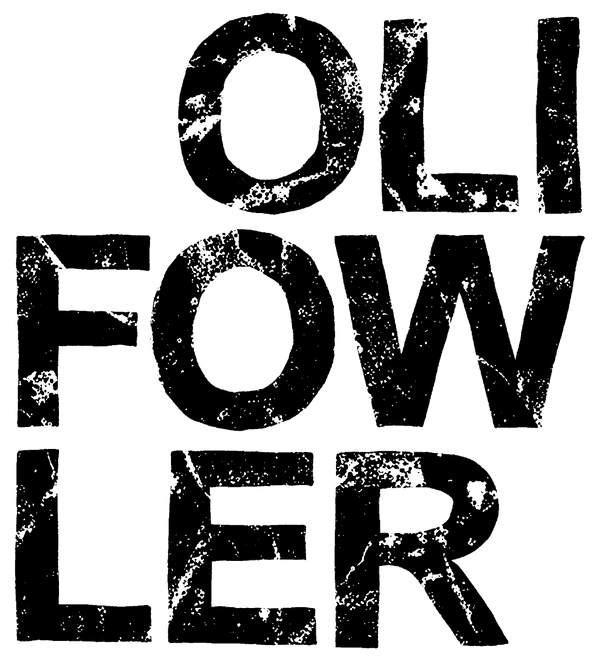
The Perfect Plan (On Paper, At Least)
The print in question was a four-layer piece. A simple, graphic design I was really buzzing about. I’d spent a good while getting the artwork just right on the computer, separated all the colours, and coated and exposed my screens. The first two layers went down like a dream. A lovely, sharp black outline, followed by a vibrant hit of yellow. Everything was lining up perfectly. I was feeling pretty pleased with myself, thinking I’d be off to the pub in an hour.
That was my first mistake. Never get cocky.
When Good Ink Goes Bad
The third layer was a deep, rich blue. And it just would not cooperate. I flooded the screen, pulled the squeegee across the paper, and lifted. A blotchy, uneven mess. Not enough ink had passed through the mesh.
“Right,” I thought. “Thin the ink a bit.” So I did. Pulled the next print. This time, the ink bled, fuzzing out the sharp edges I’d worked so hard to design. The pile of spoiled paper in the bin started to grow. It was a proper stack. I tried a different squeegee, changed the angle of my pull, adjusted the off-contact. Nothing. The blue was mocking me. Every print was either starved or flooded. It’s a physical, messy, hands-on process, and at that moment, my hands wanted to throw the whole pot of blue ink at the wall.
The Happy Accident
After a much-needed cup of tea and a proper sulk, I went back to it. I remixed the ink from scratch and decided to try one last pull before calling it a day. I lined it up, took a breath, and pulled. It was perfect. Clean, solid, crisp. The relief was immense.
But here’s the funny thing. As I was clearing up the mountain of failures, I picked one up where the blue was slightly mis-registered. It was sitting a millimetre or two to the left of where it should have been, creating this brilliant, accidental shadow effect. It was technically ‘wrong’, but it had an energy and a character that the ‘perfect’ prints didn’t. It had a bit of a soul. It told the story of the fight.
And that’s the magic of screen printing. It’s not about sterile, digital perfection. It’s a collaboration between the artist, the ink, and the screen. Each print in an edition is pulled by hand, and each one will have its own tiny, unique fingerprint. The slight texture of the ink sitting on the surface of the paper, the almost imperceptible variations – that’s the human touch. That’s what makes it art.
When you buy a piece from Oli Fowler Art, you’re not just getting a picture. You’re getting the story of its creation, complete with the frustrations and the happy accidents. You’re buying a piece of a real, physical process. It’s something that has been wrestled into existence, not just downloaded.
Fancy seeing how some of these battles turned out? Have a browse through the finished articles in the shop. I promise they’re all prints that, eventually, decided to play nice.
